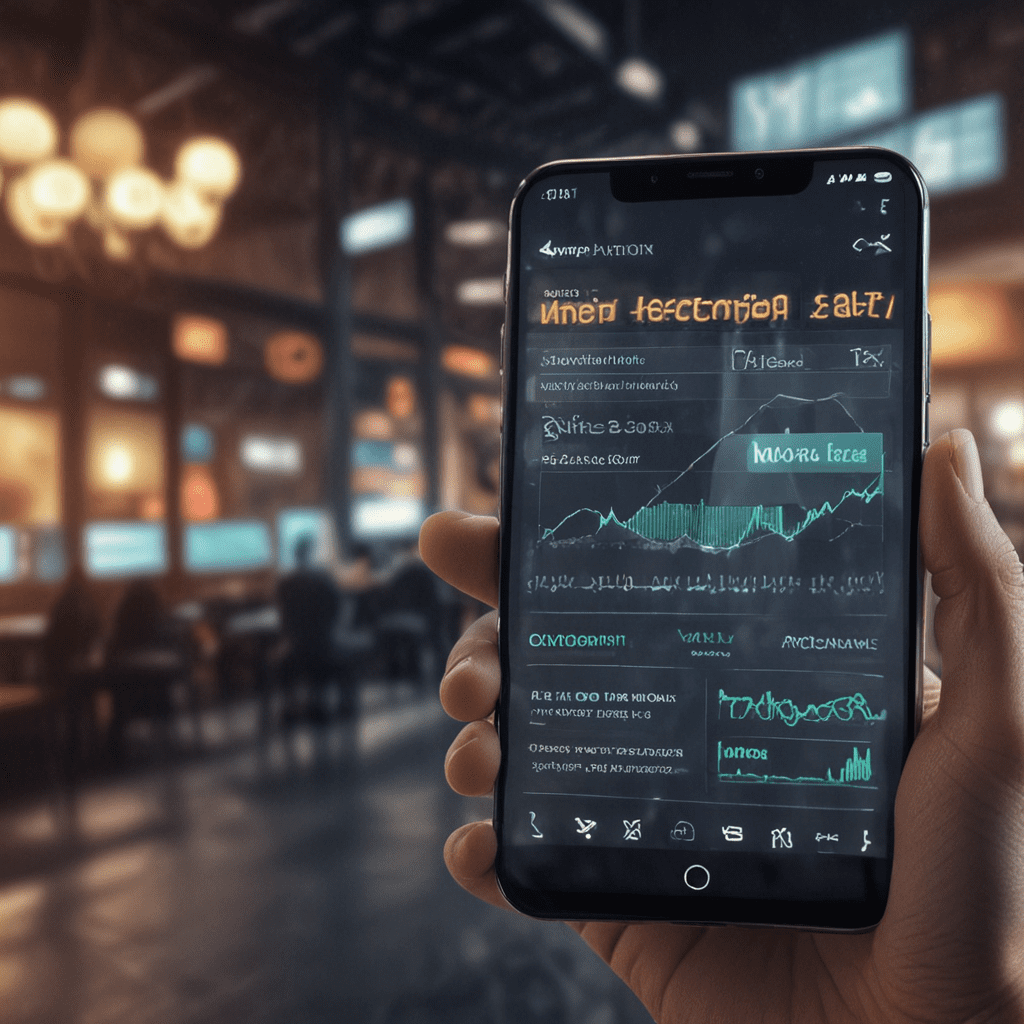
Enhancing User Engagement in Mobile App Development
Mobile applications have become an integral part of our daily lives, offering convenience, entertainment, and information at our fingertips. However, with the proliferation of mobile apps in the market, it has become increasingly challenging for app developers to capture and retain user attention. Enhancing user engagement is crucial for ensuring the success and sustainability of mobile apps. This article explores essential strategies for fostering user engagement in mobile app development.
1. Understanding User Behavior
The foundation of effective user engagement lies in understanding the behavior and preferences of your target users. Conduct thorough user research to gather insights into their motivations, needs, and expectations. Analyze user demographics, usage patterns, and feedback to identify areas for improvement. User testing can also provide valuable insights into how users interact with your app, allowing you to identify and address friction points.
2. Creating a User-Centered Design
User-centered design principles ensure that the app's design aligns with the user's mental models and expectations. Focus on creating an intuitive user interface that minimizes cognitive load and facilitates seamless navigation. Consider the user's context, such as their environment and mobile device, to optimize the user experience. Provide clear and concise instructions to guide users through the app's functionality.
3. Implementing Gamification Techniques
Gamification is a powerful technique for enhancing user engagement by incorporating game-like elements into the app. By providing rewards, challenges, and progress tracking, gamification can motivate users to interact with the app more frequently and for longer durations. Integrate badges, leaderboards, and quests to foster a sense of competition and accomplishment. Consider the user's personality traits and motivations when designing gamification elements to ensure relevance and engagement.
4. Utilizing Push Notifications Effectively
Push notifications can be an effective way to remind users about your app and encourage engagement. However, it's crucial to use push notifications judiciously to avoid overwhelming users. Send timely and relevant notifications that provide value to users, such as updates, exclusive promotions, or personalized recommendations. Optimize notification content and timing to increase open rates and minimize user annoyance.
5. Offering Personalized Experiences
Personalization can significantly enhance user engagement by tailoring the app content and functionality to each individual's preferences. Collect user data, such as preferences, location, and usage history, to deliver a personalized experience. Provide users with control over their data and the ability to customize their app settings. By understanding and accommodating user preferences, you can create a more engaging and satisfying experience.
6. Fostering a Community
Building a community around your app can foster user engagement by creating a sense of belonging and shared purpose. Encourage users to connect with each other, share their experiences, and participate in discussions. Create forums, social media groups, or in-app chat features to facilitate community interaction. By fostering a sense of community, you can increase user retention and loyalty.
7. Encouraging User Feedback
Regularly soliciting user feedback is crucial for understanding their pain points and identifying areas for improvement. Implement mechanisms for users to provide feedback, such as in-app surveys, feedback forms, or a dedicated support channel. Encourage users to share their thoughts and suggestions, and respond promptly to their feedback to demonstrate that you value their input. By listening to and addressing user feedback, you can enhance engagement and build a better user experience.
8. Tracking and Analyzing Engagement Data
Tracking key engagement metrics is essential for assessing the effectiveness of your engagement strategies. Use analytics tools to monitor metrics such as user sessions, active users, retention rates, and time spent in the app. Analyze engagement patterns to identify areas of strength and weakness. By understanding how users interact with your app, you can make data-driven decisions to improve engagement and optimize the user experience.
9. Iterating and Optimizing for Engagement
User engagement is an ongoing process that requires continuous iteration and optimization. Regularly review your engagement metrics and user feedback to identify areas for improvement. Test different engagement strategies and measure their impact on key metrics. Implement A/B testing to compare different versions of your app and identify the most effective approaches. By iterating and optimizing your app's design, features, and engagement strategies, you can continuously enhance user engagement and drive app success.
10. Best Practices for Sustaining Engagement
Sustaining user engagement requires a holistic approach that encompasses all aspects of the app development process. Prioritize user experience by ensuring that your app is intuitive, user-friendly, and meets their needs. Offer regular updates and new features to keep users interested and engaged. Provide excellent customer support to address user queries and resolve any issues promptly. By focusing on user satisfaction and continuous improvement, you can build a loyal user base and sustain high levels of engagement over the long term.
FAQ
Q: What is the most important factor for enhancing user engagement?
A: Understanding user behavior and preferences is paramount for effective user engagement strategies.
Q: How can I create a user-centered design?
A: Conduct user research, analyze user feedback, and design an intuitive interface that aligns with user expectations.
Q: What are some best practices for utilizing push notifications?
A: Send timely and relevant notifications, optimize notification content and timing, and avoid overwhelming users.
Q: How can I offer personalized experiences?
A: Collect user data, provide control over user settings, and tailor content and functionality to individual preferences.


